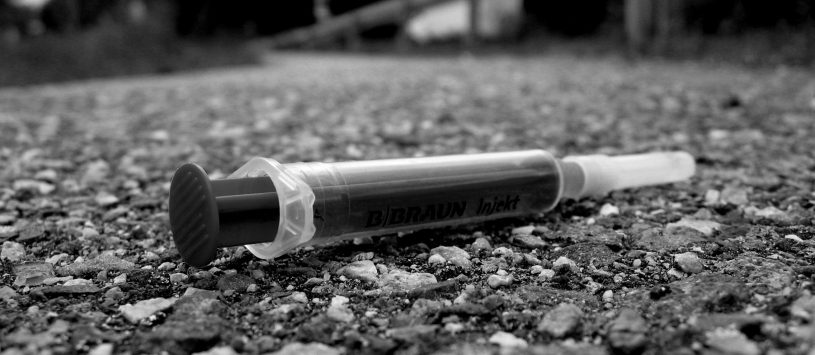New research reveals the trends and risk factors behind America’s growing heroin epidemic
Heroin use seen increasingly in most demographic groups
Heroin use has increased across the United States among men and women, most age groups, and all income levels. The greatest increases have occurred in groups with historically lower rates of heroin use, including women and people with private insurance and higher incomes. In addition, nearly all people who use heroin also use multiple other substances, according to the latest Vital Signs report from the Centers for Disease Control and Prevention (CDC) and the Food and Drug Administration (FDA). The report also finds the strongest risk factor for a heroin use disorder is a prescription opioid use disorder.





